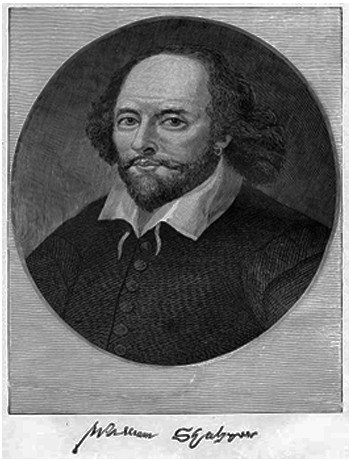
A History of the Colour Pink
One cannot think about Barbie without thinking of the colour pink. This made me wonder: when did the colour pink enter our lexicon? Did Shakespeare employ the word? For how long have newborn girls been swaddled in it? And how did lemonade acquire that hue? Is it made from pink lemons?
A Noun, Verb or Adjective?
Today we think of the word pink as a hue, an adjective to describe the colour of a certain flower or piece of clothing or equally famously a type of paper (e.g. by 1915 a pink slip or notice of termination), or a fictional animal (e.g. a pink elephant, the subject of drunk hallucinations from Jack London's 1913 autobiographical novel Barleycorn).
But historically, variations of the word were also nouns and verbs. For example, by 1927, if someone was left leaning politically but not communist red, they were pink or a pinko.
Pink was not always associated with a colour. In Shakespeare’s time, a thing that was excellent was pinck. Thus in Romeo and Juliet, Mercutio was the very pinck of curtesie (i.e. extremely well mannered). In the Dutch language, something that was small and narrow was pinkie—your little finger.

The word can also be used as a verb. By the 1500s one could pink a piece of fabric or leather, by piercing it or putting small holes along its edges. Eventually seamstresses did this with special scissors that by 1934 were known as pinking shears.
Indeed it may have been the jagged (or pinked) edges of a carnation that prompted a 17th century Greek botanist to name the colour of that flower, pink.
A Colour in Transition
Certainty today, pink is mostly know as a colour. It has been described as a colour in transition. In the mid 1700s it was worn by male and female members of the European aristocracy, leading to the fashionable Rose-Pompadour pink named after the famous French courtier. Its darker variations were associated with men who served in World War II; its lighter version, once the epitome of femininity; its brighter, bolder version, a call to societal change.
“Shocking pink” was introduced to the fashion world in 1937 by Elsa Schiaparell, an Italian designer, known for her avant-garde style and rebellious spirit. Three decades later it would be known as “hot pink” and be associated with hippie-like flower power and counterculture movements.

Baby Pink
Historically all babies, male or female, were swathed in fabric of a single colour. It was not brown though that would have hidden the many messes babies produce—but white so that the fabric could be bleached without a loss of the desired colour. This was true for both the diapers, which formed a baby’s underclothing and dresses worn atop. And historically, all babies and young children wore dresses--male and female. The practice of dressing young boys in dresses ended in the early 1900s.

The assignment of the colours pink and blue to female and male babies began to take hold in the mid 1800s but it took many decades before it was consistently applied. Some thought that pink, being the lighter version of the masculine military red, should be assigned to boys. Leading American retailers in the 1920s promoted pink for boys and blue for girls. However, by 1940—just in time for the baby boom— the practice had become consistent with hospitals assigning pink to girls and blue to boys.
Society’s assignment of different colours to different sexes was a merchant’s delight. It resulted in parents of children of both sexes assembling two different wardrobes—outgrown in a few months—not to mention duplicate blankets linens and other nursery room paraphernalia.
Pink Lemonade
Sound of Music fans will recall the scene on the patio of Captain von Trapp’s modest Austrian villa where Max Detweiler and Baroness Elsa Schraeder were served tall glasses of cold lemonade. The beverage was decidedly and purportedly unusually “pink”. It was 1938. Was this the beginning of pink lemonade?

Pink Cadillacs
It is safe to say no one was driving a pink Cadillac in the early 1900s. Henry Ford famously said that you could have one of his cars in any colour, as long as it was black. Cars began to be sold in colours other than black in the 1920s—including in green and blue. But it is also safe to say that pink has never been a very popular colour for cars One of the most famous pink cars was the Cadillac driven by Elvis Presley. Elvis is said to have owned hundreds of Cadillacs in his short life. But it was the pink Cadillac he initially purchased for his mother that epitomized his style.
And who can forget the pink Cadillac Coupe DeVille first driven by Mary Kay Ashe in 1967. Since then more than 24,000 such cars have been driven by top sellers of her Mary Kay make-up products. Undoubtedly those sales reps can blare from their car radios, Bruce Springsteen’s Pink Cadillac, released in 1984.



To Order Your Copies
of Lynne Golding's Beneath the Alders Series


